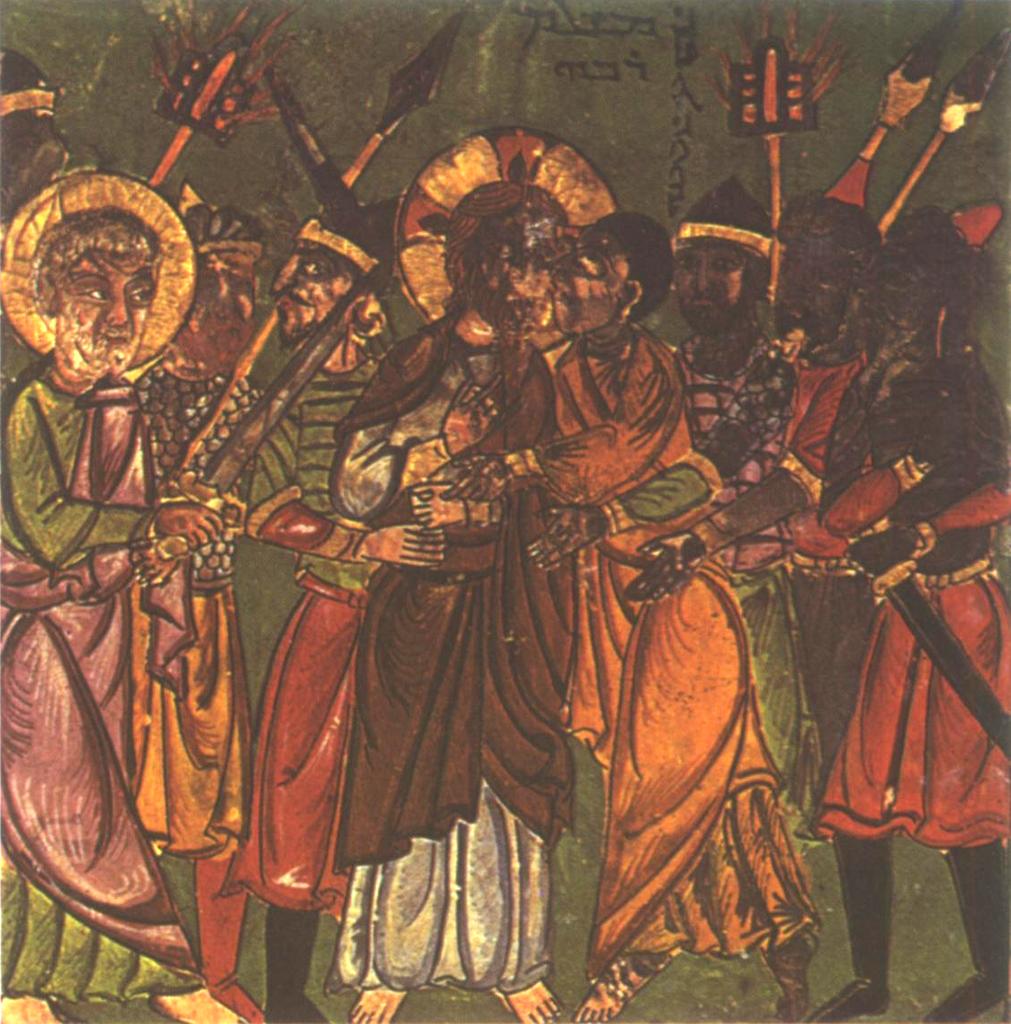
Register a SNAP EBT card with Amazon
Betrayal of Jesus by Judas
Syriac Gospel c. 1220



Plate 36 in M. GORELIK, "Oriental Armour of the Near and Middle East from the Eighth to the Fifteenth Centuries as Shown in Works of Art", in: Islamic Arms and Armour, ed. Robert Elgood, London 1979
Description
Full title: Syriac Gospel Lectionary
Created: c. 1216–20
Formats: Codex, Manuscript
Held by: British Library
Shelfmark: Add MS 7170
A Syriac Gospel, produced in what is now northern Iraq.
Syriac is the dialect of Eastern Aramaic that was spoken in the early Christian period in the principality of Edessa, which corresponds to present day northern Syria and Iraq, and southern Turkey. It is written in the same alphabet of 22 consonants as Hebrew, but with additional characters of its own. The earliest Syriac books were biblical translations, and some believe that Syriac may have been the language in which some of the original Gospels were written.
This codex is one of the finest examples of the very few extant large, profusely illustrated Syriac Gospels. The manuscript shows a strong Byzantine influence in the choice of texts and style of illustrations. However, many of the details of the illustrations, such as trees, rocks, architecture, and much of the clothing, are Islamic in style.
Source: British Library, Collection items, Syriac Gospel Lectionary